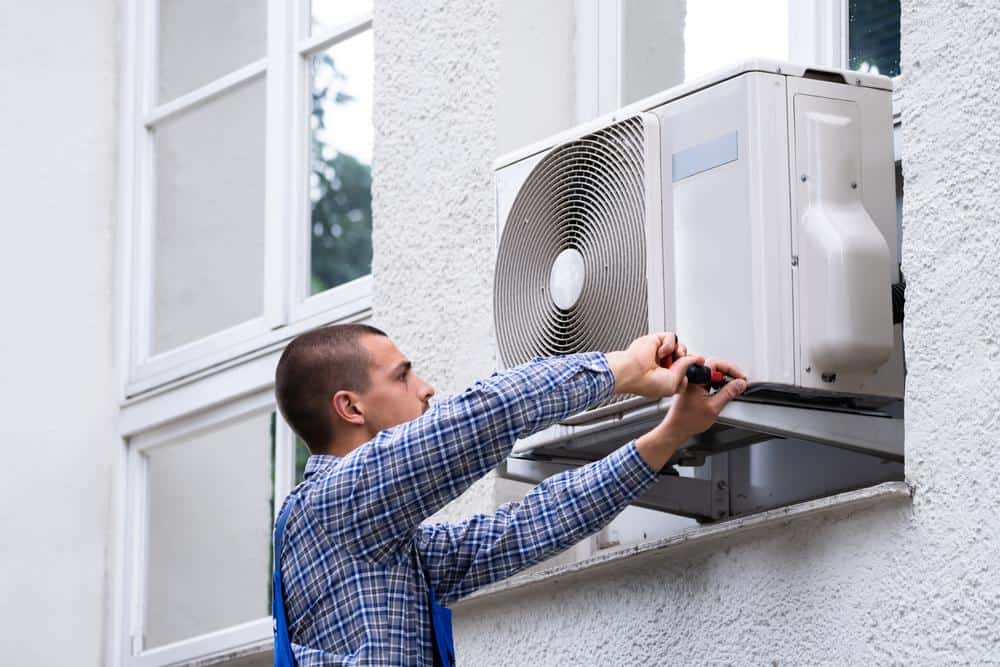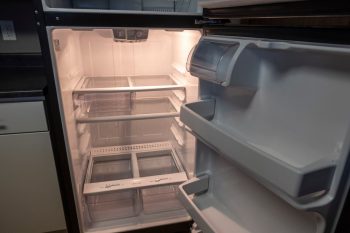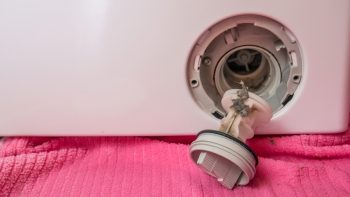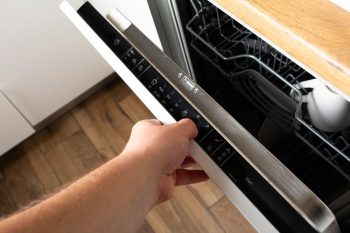
Air conditioning is a crucial part of our lives, especially during the sweltering summer months. Window AC units are a popular choice due to their affordability, ease of installation, and portability. But have you ever wondered where exactly these units draw air from? This article aims to provide an in-depth look into the operation of window AC units, with a particular focus on their air intake process.
Window AC units primarily draw air from the room they are installed in, not from the outside. They work by taking in the warm air from the room, cooling it, and then circulating it back into the room. Some units have a vent lever that allows a controlled amount of fresh air from outside to enter, but this is not the primary function of the unit.
Understanding Window AC Units
Window AC units are standalone appliances designed to cool a single room. They are mounted on windows or walls and operate independently from the building’s main HVAC system. These units work by drawing in warm room air, cooling it through a process involving a compressor and a refrigerant, and then releasing the cooled air back into the room.
Where does the air come from?
Contrary to popular belief, window AC units primarily draw air from the room they are installed in, not from the outside. They work by removing the heat and humidity from the room’s air, cooling it, and circulating it back into the room.
However, some window AC units have a vent lever that allows you to control the amount of fresh air from outside that enters your room. This feature can be beneficial for improving indoor air quality, but it’s not the primary function of the unit.
The Impact of Air Intake on Performance
The location and quality of air intake can significantly impact the performance of an AC unit. For instance, if the air intake is obstructed by dirt or debris, the unit will have to work harder to draw in air, reducing its efficiency and increasing energy consumption.
Proper maintenance, including regular cleaning of the filter and coils, can ensure optimal air intake and improve the unit’s performance and lifespan.
Adjusting the Source of Air Intake
While most window AC units draw air from the room they are cooling, some models allow you to adjust the source of air intake. These units come with a vent lever that can be adjusted to control the mix of fresh outdoor air and recirculated indoor air. However, this feature is not available in all models, and the extent to which you can adjust the air intake may be limited.
Comparing Window AC Units to Other AC Systems
Unlike window AC units that primarily recirculate indoor air, other types of AC systems, like central air conditioners, draw in outdoor air for cooling. These systems pull in outdoor air, cool it, and then distribute it throughout the building, resulting in a more uniform temperature.
Potential Issues with Air Intake in Window AC Units
Several issues can affect the air intake in window AC units, including dirty or clogged filters, obstructed airflow due to dirty coils or debris buildup, leaking ducts or seals, and faulty fan motors or blades. Regular maintenance can help prevent these issues and ensure efficient operation.
Proper Maintenance for Optimal Air Intake
Regular maintenance of your window AC unit can ensure optimal air intake and improve the unit’s performance and lifespan. This includes cleaning or replacing the filters, cleaning the coils, checking for obstructions or leaks, and ensuring the unit is properly installed and sealed.
The Role of Air Intake in Energy Efficiency
The air intake process plays a significant role in the energy efficiency of window AC units. By drawing in room air and focusing on cooling a specific area rather than the entire building, window AC units can be more energy-efficient than central AC systems when used appropriately.
In conclusion, understanding where your window AC unit draws air from and how the air intake process works can help you optimize its performance and efficiency. Regular maintenance and proper use can ensure you enjoy a cool and comfortable environment in your home or office.
Frequently Asked Questions
How often should I clean or replace the filters in my window AC unit?
The frequency of cleaning or replacing the filters in your window AC unit depends on the model and usage. However, a good rule of thumb is to clean or replace the filters every 1-2 months during the cooling season or when they appear dirty.
How does a window AC unit cool the air?
A window AC unit cools the air by drawing warm room air over a set of cold evaporator coils filled with refrigerant. The refrigerant absorbs the heat from the air, thus cooling it. This cooled air is then blown back into the room.
Can I use my window AC unit to cool multiple rooms?
Window AC units are designed to cool a single room. They may not be efficient in cooling multiple rooms as they recirculate the air in the room where they are installed. For cooling multiple rooms, a central air conditioning system would be more appropriate.
Can a window AC unit also heat the room?
Some window AC units come with a heating function. These are known as heat/cool window AC units. However, not all window AC units have this feature. It’s important to check the specifications of the unit before purchasing if you require heating functionality.
Can I install a window AC unit myself?
Yes, window AC units are designed for easy installation. However, you may need assistance due to their weight. It’s essential to follow the manufacturer’s instructions closely during installation to ensure the unit operates efficiently and safely.












